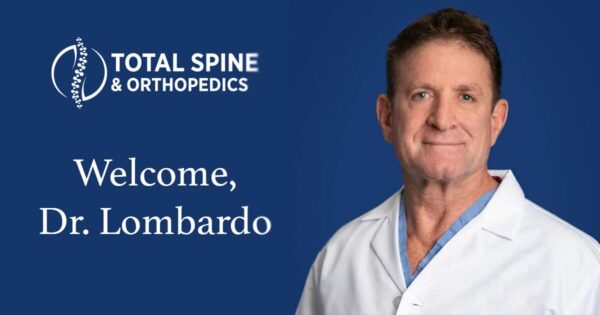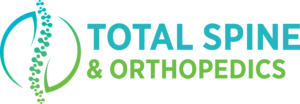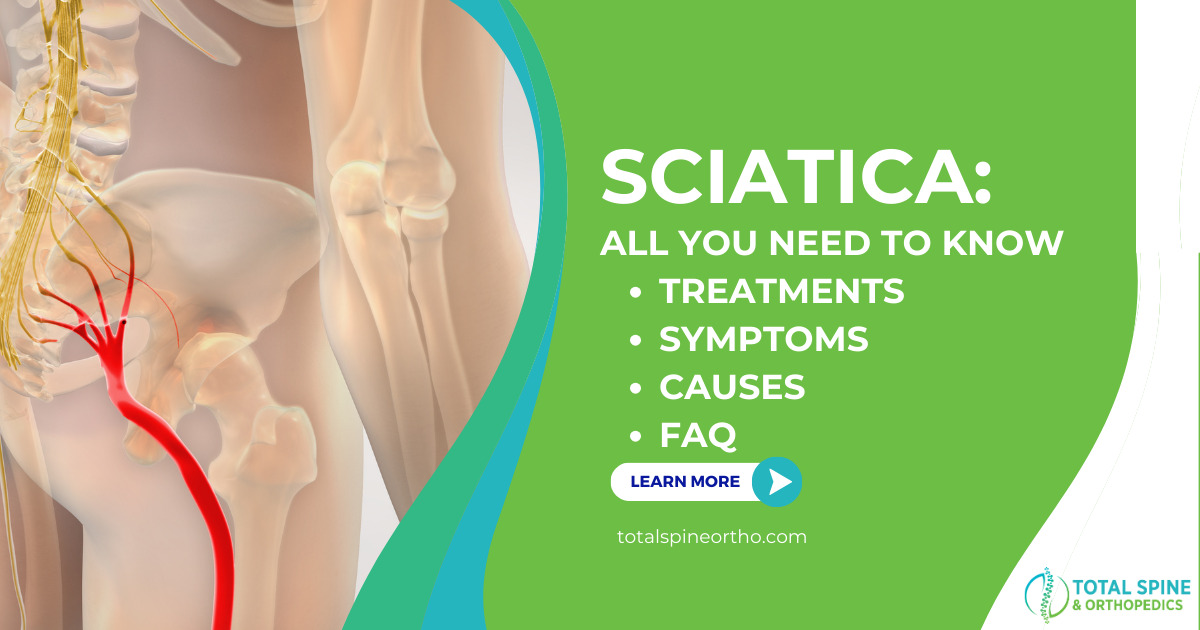Sciatica is a medical condition commonly known for the pain it can cause that radiates along the path of the sciatic nerve, branching from the lower back through the hips and buttocks and down each leg. Typically, sciatica affects only one side of the body and can lead to discomfort, pain, numbness, or weakness in the affected area. Given the prevalence and impact of this condition, it’s crucial to understand its causes, symptoms, treatments, and preventive measures to alleviate discomfort and enhance overall quality of life.
What is Sciatica?
Sciatica is not a standalone medical condition but a symptom of an underlying medical issue affecting the sciatic nerve. This nerve is the longest and widest one in the human body, extending from the lumbar spine through the buttocks area, down to the lower limb. Sciatica occurs when there is pressure or damage to the sciatic nerve, leading to pain, inflammation, and often, some numbness in the affected leg.
What causes Sciatica?
Understanding the causes of sciatica is fundamental for effective diagnosis and treatment. Some of the primary causes include:
- Herniated Discs: The most common cause, a herniated or slipped disc occurs when the soft inner portion of the disc protrudes through the outer ring, putting pressure on the surrounding nerves.
- Spinal Stenosis: This condition is characterized by the narrowing of the spinal canal, leading to nerve compression.
- Piriformis Syndrome: The piriformis muscle can spasm and compress the sciatic nerve, causing sciatica.
- Spondylolisthesis: This condition occurs when a vertebra slips forward over the one below it, compressing the nerve roots.
- Tumors or Infections: Rarely, infections or tumors within the spine can lead to sciatica by compressing the sciatic nerve.
- Pregnancy: The weight and position of the baby during pregnancy can place pressure on the sciatic nerve, leading to sciatica.
What are the symptoms of Sciatica?
The symptoms of sciatica are diverse and can range from mild to severe. They primarily include:
- Pain: Sharp pain that radiates from the lower spine to the buttock and down the back of the leg.
- Numbness or Weakness: A numbness or weakness in the leg or foot on the affected side.
- Tingling or Burning Sensation: A tingling or burning sensation in the legs, particularly in the calf.
- Difficulty Moving: Trouble moving the leg or foot due to pain or stiffness.
- Worsening Pain: Increased pain while sitting or when coughing, sneezing, or lifting objects.
How is Sciatica diagnosed?
A healthcare professional will conduct a thorough physical examination, focusing on muscle strength and reflexes. Medical history, symptoms, and potentially imaging tests like X-rays, MRI, or CT scans may also be involved in accurately diagnosing sciatica and determining its cause.
What treatment options are available for Sciatica?
Non-Surgical Treatments
- Physical Therapy: Physical therapists design exercise programs to improve mobility, strengthen muscles, and provide sciatica pain relief.
- Medications: Over-the-counter pain relievers, anti-inflammatory medications, or muscle relaxants may be recommended to manage pain and inflammation.
- Chiropractic Care: Chiropractors use spinal adjustments to relieve pressure on the sciatic nerve.
- Heat and Ice Therapy: Applying heat or ice can reduce inflammation and soothe muscle spasms.
Surgical Treatments
Surgery might be considered when conservative treatments are ineffective, and the pain is severe. Common surgical options may include:
- Microdiscectomy: Removal of the portion of the herniated disc compressing the nerve.
- Laminectomy: Widening of the spinal canal by removing the lamina to relieve pressure.
Can Sciatica be prevented?
While not all causes of Sciatica can be prevented, you can lower your overall risk through lifestyle modifications, including regular exercise, maintaining proper posture, and using ergonomic furniture. Regular stretching and strengthening exercises focusing on the back, abdomen, and leg muscles can also be beneficial.
FAQ Section:
- Can sciatica be cured completely?
- While sciatica can often be managed effectively with treatments, the complete resolution depends on the underlying cause and individual response to treatment.
- Can exercises help in relieving sciatica pain?
- In some cases, specific exercises aimed at strengthening the muscles supporting the spine can provide some degree of relief from sciatica pain.
- Is sciatica a sign of cancer?
- While rare, tumors within the spine can cause sciatica. However, the majority of sciatica cases result from non-cancerous conditions like a herniated disc or spinal stenosis.
- How long does it take for sciatica to resolve?
- The duration of sciatica can vary widely. Acute sciatica may resolve in a few weeks with conservative treatment, while chronic or severe cases might require more intensive management or surgical intervention.
- Can sciatica occur on both sides of the body?
- While it typically affects one side, it is possible, though less common, for sciatica to impact both sides of the body simultaneously.
By focusing on these key elements of sciatica, you now have a better understanding of this common condition and its management. If you have Sciatica or any other kind of neck or back pain, our team of highly skilled physicians is standing by to help get you out of pain and back to living life! Fill out the form below to get started.


